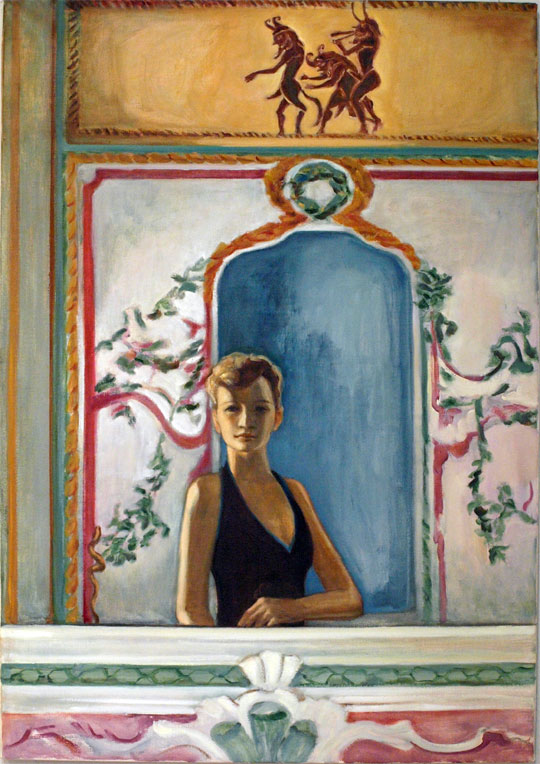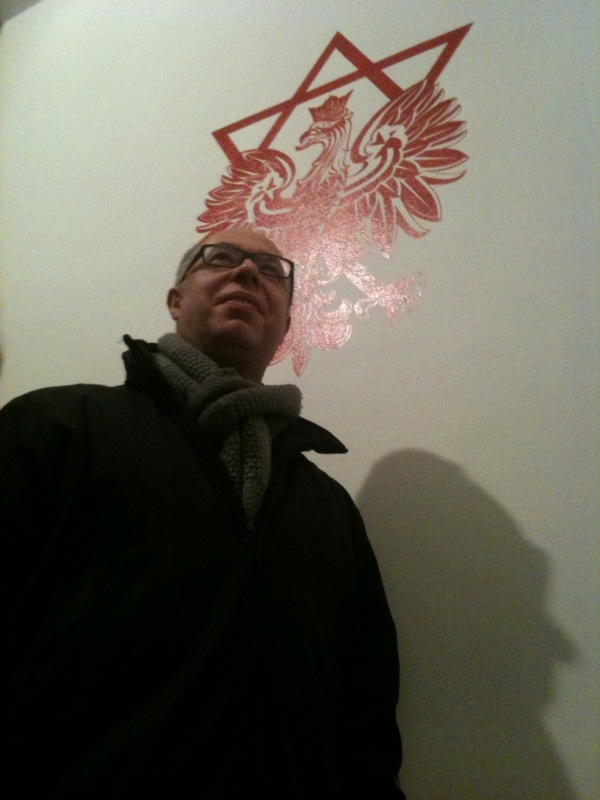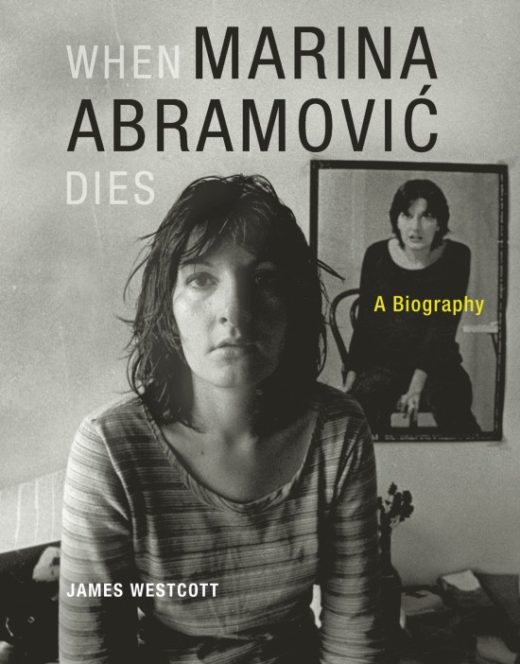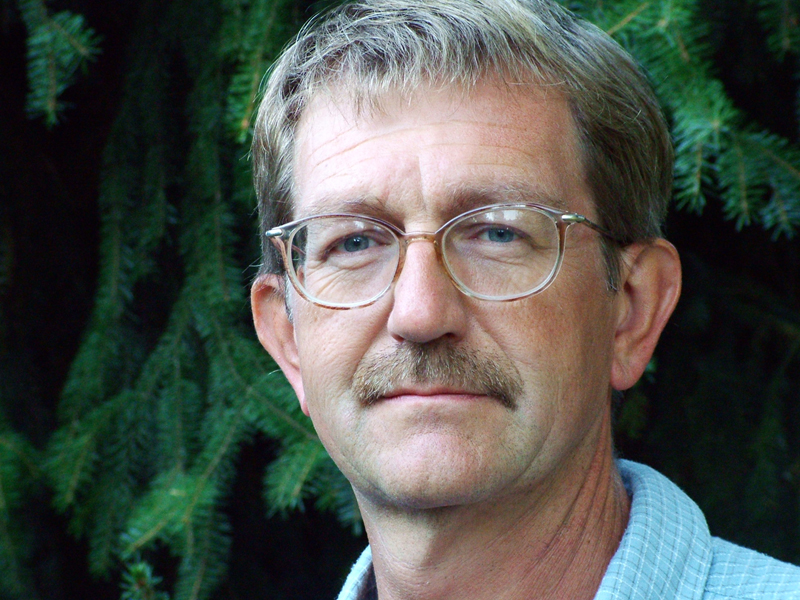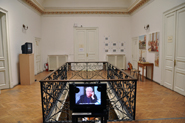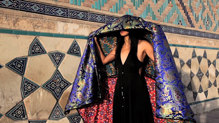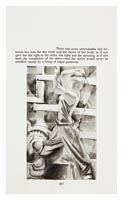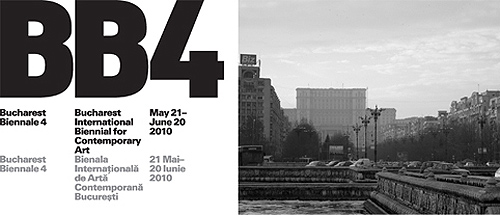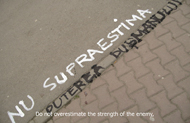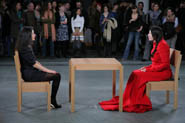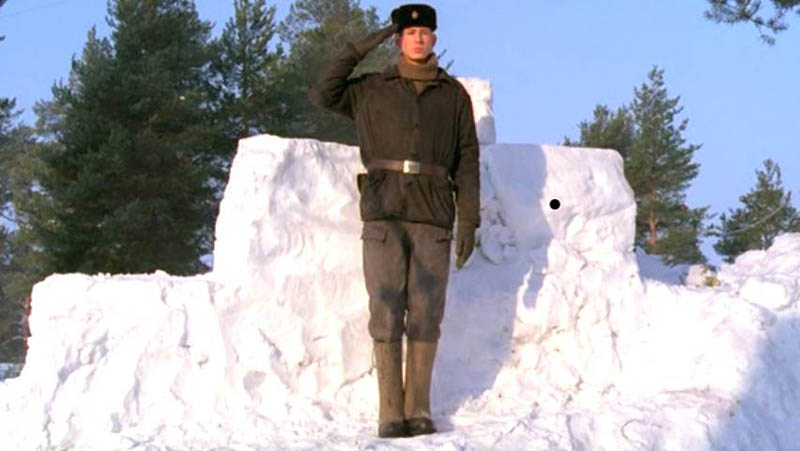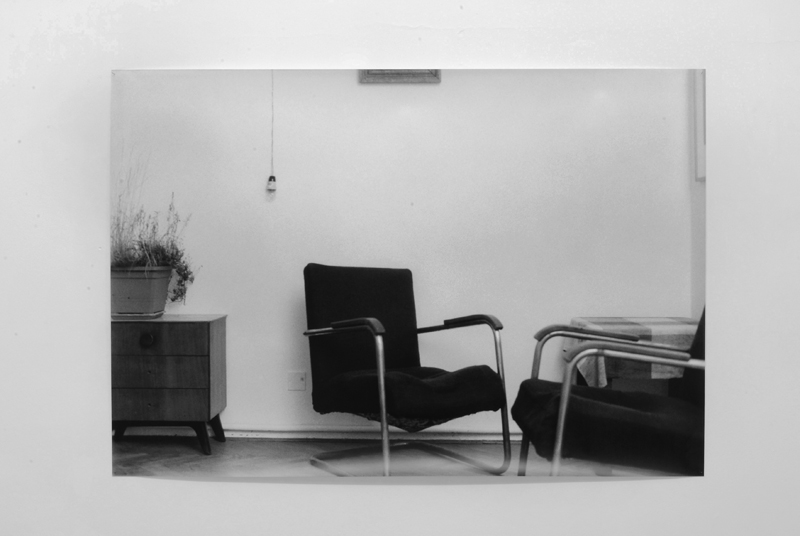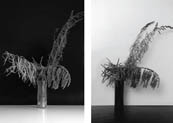Domestic Strategies by Women in Contemporary Hungarian Art (Article)
“Where are the women artists of Venice?” asked the Guerilla Girls in 2005. After investigating the ratio of woman artists exhibited in the most famous Venetian museum collections, they concluded that they are “underneath the men.” They communicated this in a humorous way on one of their posters exhibited at the Venice Biennale, placed above the following data: “of more than 1,238 artworks currently on view inthe major museums of Venice, fewer than 40 are by women.” Even earlier, the Guerilla Girls concluded that the situation in Europe is worse than in the United States (“It’s even worse in Europe,” … Read more

